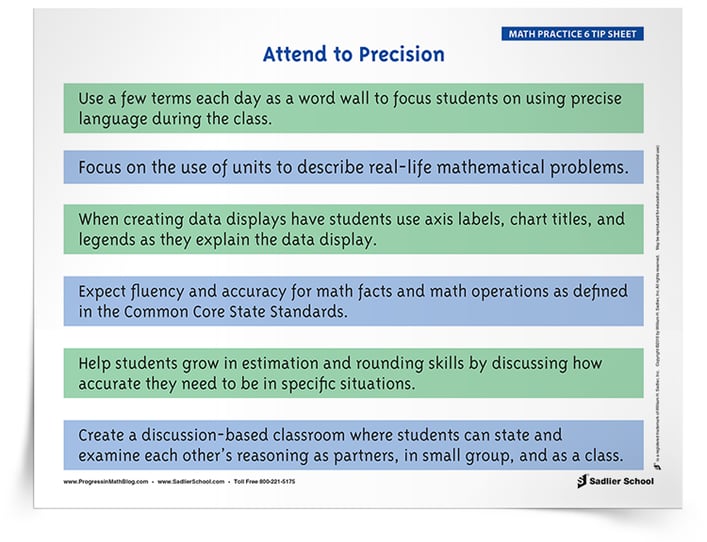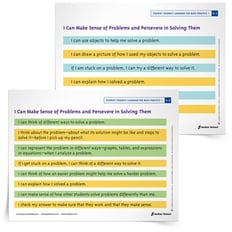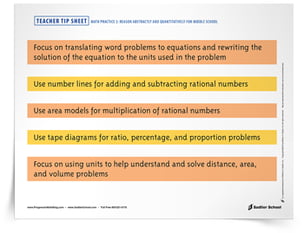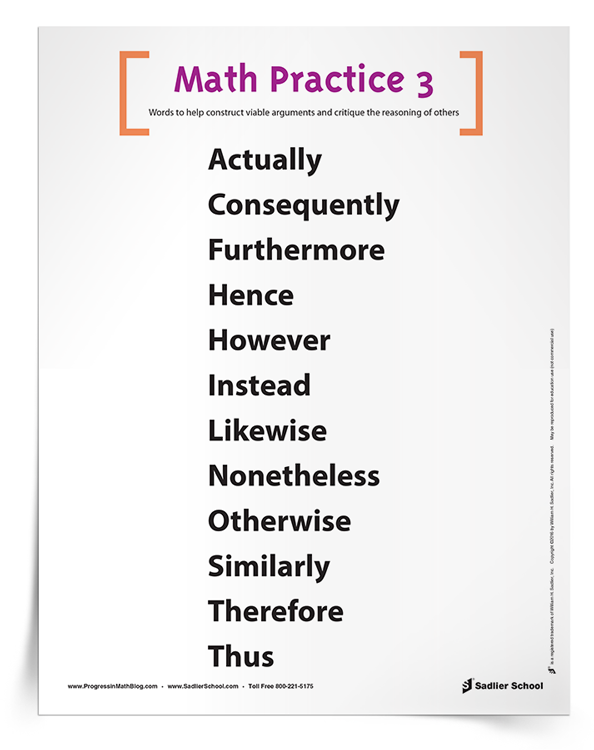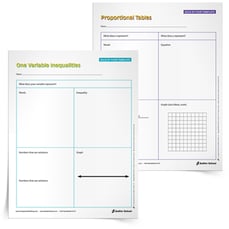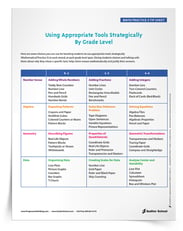September 13, 2016 Math Practices, k-2-math-practices, 6-8-math-practices, 3-5-math-practices, mp-precision
Attend to Precision in the K–8 Classroom: Math Standard 6
By: Jeff Todd
Today’s Standard for Mathematical Practice, Attend to Precision, is one of the ones I work with the most in my classroom. Students can engage in some great discussions about precision. Also, when you have a discussion-based classroom format, you will notice whether students are precise in their use of vocabulary and reasoning. The download for this post is a teacher tip sheet, part of the series of tip sheets for the Standards for Mathematical Practice.
Using Math Standard 6 in the Classroom
When I first started learning about the Standards for Mathematical Practice, I thought that the sixth practice, Attend to Precision, was going to be shallow. I thought that surely there must be more important things than calculational precision to focus on with students. Then, I actually read the standard itself and saw how much it really helps us be focused on students’ precise use of language related to mathematics in the classroom—and even much more beyond that!
Math Practice Standard 1, Make Sense of Problems and Persevere in Solving Them, is often paired with Standard 6, Attend to Precision. These two math practice standards are considered overarching standards that connect with every other math practice standard. Because of this, you can focus on attending to precision every day when working with your students in class, no matter what else you are working on.
Here are five ways you can help students attend to precision:
#1 Use a Word Wall
Pick three to four vocabulary terms that are central to the day’s math objectives. Ask students to focus on using these words as they discuss the topic of the day. For example, one topic that could be used throughout the grade levels is the difference between equations and expressions. If your lesson contains expressions and equations, post these two words on the word wall. Ask students to use these terms precisely when talking among themselves and with the class. I sometimes keep a jar and some marbles to motivate students to use the terms. When a student precisely uses a term, I put a marble in the jar and then provide a class reward when the jar is full.
#2 Focus on the Use of Units
Students who attend to precision consistently use units in their discussions about mathematical problems. Look at my previous post about Math Practice 2 for a more extensive discussion about using units in order to help students reason about measurement problems using units. Specifically, see Part 3 of that post.
#3 Label Axes
Even at the earliest grades, students are collecting and displaying data. Students attend to precision when they label the axes of their line plot, number line, pictogram, or any other data display. Other aspects of data displays that are important are titles and legends. Explicitly teaching the use of these items and having students use these labels as they describe data displays they have created is a great way to improve their reasoning and precision.
#4 Calculations and Estimation
It would be easy to think that calculating precisely and efficiently is the extent of Standard 6, as I did when I first encountered the Standards for Mathematical Practice. However, another way to attend to precision related to numbers is by rounding and estimating. Students should grow in this area as they progress through elementary and middle school. For instance, if I am going on a vacation, should I plan on bring $501.23? Clearly it easier to plan to bring $500, but what are other situations where it would be required to be accurate about needing $501.23?
#5 Reasoning and Claims
Creating a classroom environment where students discuss the mathematics they are learning and engage in real life problems helps bring mathematics to life for students. Students at the earliest levels should be explaining their reasoning to each other. Helping students by asking them to repeat what another student has said and then agreeing or disagreeing with what that student has said helps students attend to precision in their aural and oral skills. By the later elementary grades and certainly in middle school, students should be able to make and express claims about their own and other students’ reasoning, using evidence, vocabulary, and definitions they have learned.
I hope that this post has helped you understand how broad and applicable Standard 6: Attend to Precision is! Please save or print out the download, a teacher tip sheet, to help remind you of the key points of the standard that you can implement in your classroom. If you found this tip sheet helpful, you can also download other tip sheets for Standards 1 to 5. Stay tuned for Standards 7 and 8 in the next few months.
RELATED RESOURCES:
|
|
|
|
|
|
|




